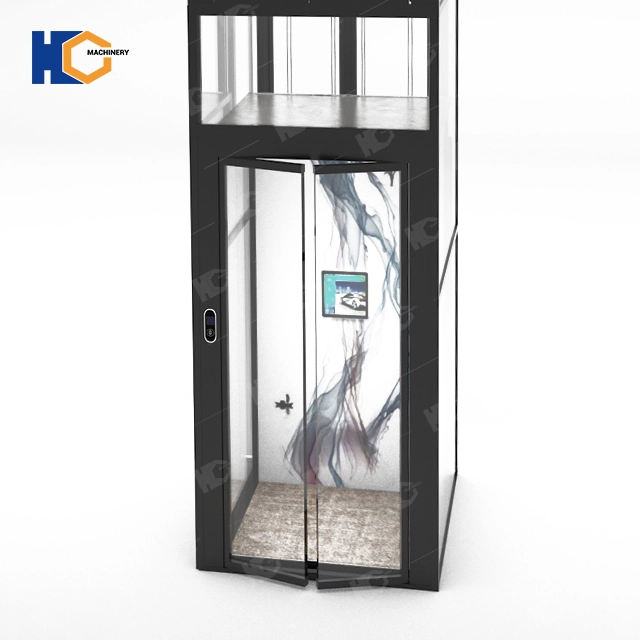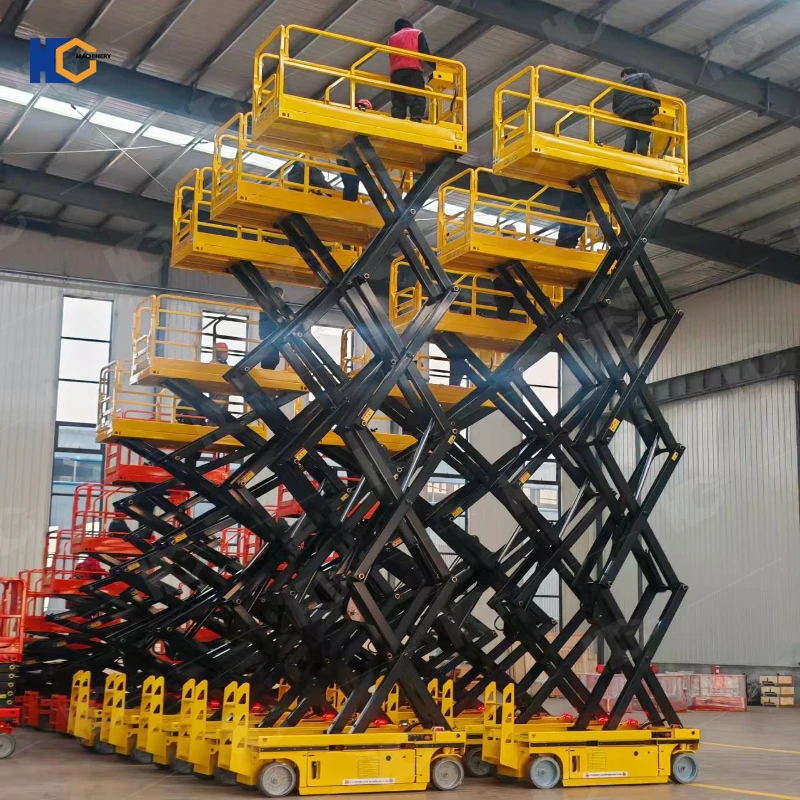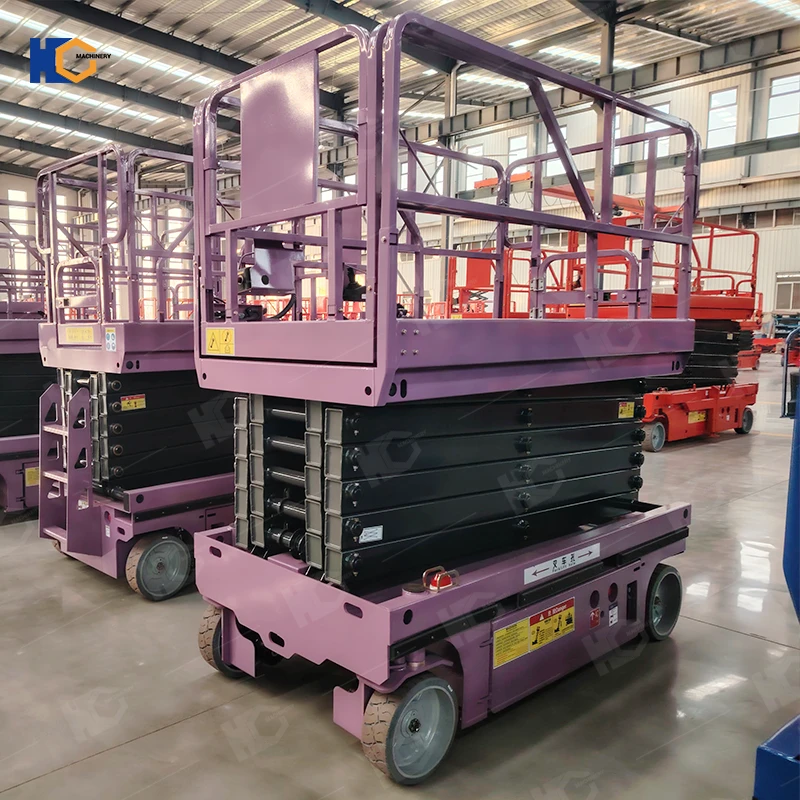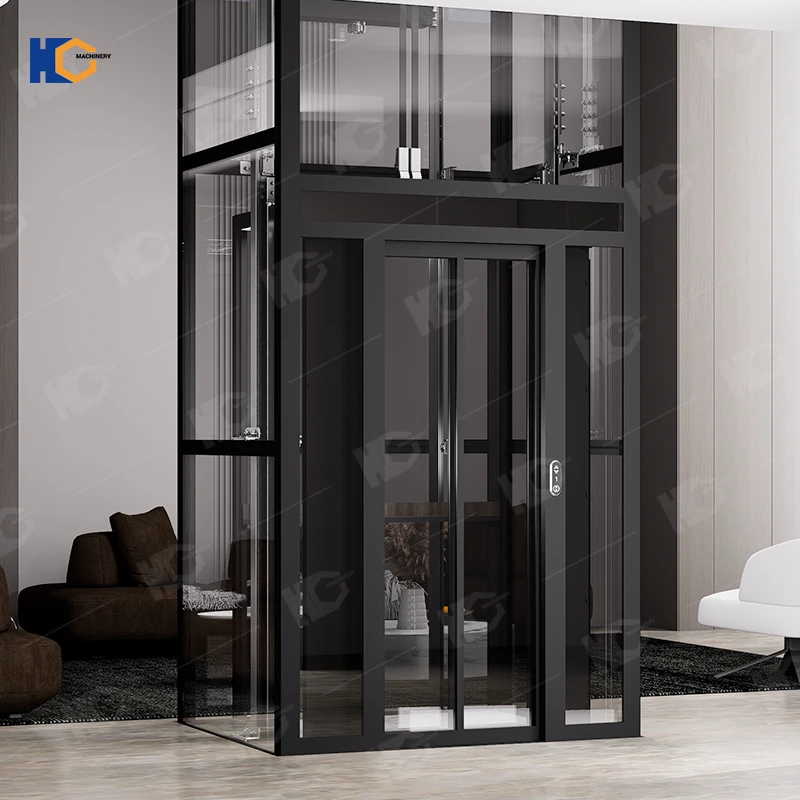When considering adding an elevator to your home, two of the most popular options you will come across are hydraulic and traction elevators. While both serve the same primary purpose of improving accessibility and convenience, they operate in very different ways and come with their own set of advantages and challenges. In this article, we will compare hydraulic and traction elevators, explaining their differences, benefits, and which type might be best suited for your needs.
1. What is home elevator?
A home elevator is a type of elevator specifically designed for residential use, allowing individuals to easily move between different floors of their home. Home elevators can be installed in existing homes or incorporated into the design of new construction. They provide convenience, accessibility, and increased mobility for individuals with mobility issues or disabilities. Home elevators come in various sizes, styles, and designs to suit the needs and aesthetics of different homes. When choosing the right home elevator, it’s important to consider factors such as space, budget, and the specific needs of the household. Both hydraulic and traction elevators offer distinct advantages, so selecting the best option depends on your home’s layout and requirements.
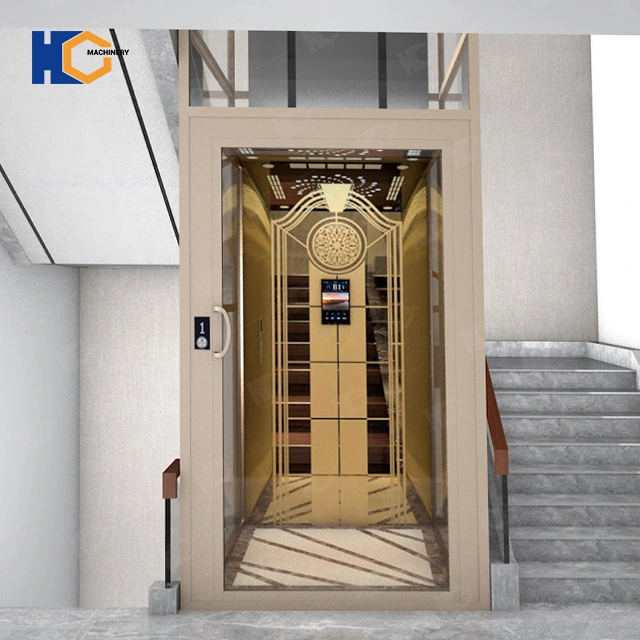
Rendered images made by sales engineers according to customer requirements
2. What types of home elevators are there?
Currently, the most commonly used home elevators are divided into two types according to their driving methods: one is hydraulic elevator and the other is traction elevator.
Hydraulic elevator: The rise of the hydraulic elevator relies on electricity to press hydraulic oil into the oil cylinder, pushing the plunger in the oil cylinder to lift the car, causing the car to rise directly, or indirectly through the wire rope; By opening the pressure relief valve, the car will descend under its own weight.
Traction elevator: The gravity of the car and the counterweight causes the traction wire rope to press against the traction sheave groove to generate friction. In this way, the rotation of the motor drives the traction wheel to rotate, drives the wire rope, and drags the car and the counterweight to move relative to each other. That is, when the car rises, the counterweight falls; when the counterweight rises, the car falls. As a result, the car reciprocates up and down the guide rail in the shaft.
When choosing the right home elevator, it’s essential to understand the differences between hydraulic and traction systems. Hydraulic elevators are known for their simplicity and smooth, quiet operation, making them ideal for smaller homes, while traction elevators offer greater efficiency and speed, suitable for taller homes. Consider factors like space, budget, and speed requirements when selecting the best home elevator for your needs.
3. What is the difference between hydraulic elevator and traction elevator and their respective advantages and disadvantages?
Difference:
Power:
The traction elevator uses the traction machine directly as the power source. This structure has less loss. The hydraulic elevator uses a hydraulic pump as the power source to push the hydraulic cylinder to expand and contract to achieve the lifting function, which has a certain amount of loss.
Work efficiency:
a. The traction elevator has no intermediate links and has low loss and high speed.
b. The intermediate link of the hydraulic elevator uses oil cylinder transmission, which has certain losses and is slower than the traction elevator.
Advantages and disadvantages:
Traction elevators run fast and stop accurately, and can meet high-demand places such as high-rise buildings and large shopping malls; however, they require many parts such as driving wheels, guide wheels, and steel wire ropes, making construction and maintenance relatively difficult. Hydraulic elevators have a simple structure, long service life, and relatively low cost. They are especially suitable for low-floor and home use; however, there are certain safety hazards in forced pressurized storage of oil, and this type of elevator cannot be used in high-level projects.
When deciding between a hydraulic and a traction elevator, it's important to consider factors such as speed, efficiency, and maintenance requirements. Traction elevators are faster and more efficient, making them ideal for high-rise buildings and commercial spaces. However, they can be more complex and expensive to install and maintain. On the other hand, hydraulic elevators offer simplicity, cost-effectiveness, and durability, making them a better choice for low-rise buildings or residential use. Ultimately, choosing the right home elevator depends on your specific needs, home layout, and budget, whether you opt for a hydraulic or traction system.
4. Why do more customers choose hydraulic elevator as their home elevator?
Hydraulic elevator advantages:
Hydraulic elevator structure: The hydraulic elevator is mainly composed of control cabinet, car guide, car, hall door, car door, oil cylinder, oil tank, oil pipe, hydraulic valve oil circuit system, safety protection and other systems.
Lifting height: Because the lifting of the hydraulic elevator depends on the length of the oil cylinder. Most manufacturers of hydraulic elevators on the market use 1:2 cylinders. Therefore, for safety reasons, it is not recommended that the lifting height of the hydraulic elevator exceed 12m.
Install: On the one hand, the civil construction requirements are low and the hoistway utilization rate is high. The hydraulic elevator does not have high requirements for the civil construction structure. It does not require a machine room and only needs a load-bearing wall. The height installed on the top floor only needs to be more than 2600 mm, and the pit can be very shallow. At the minimum, there is no need for a pit.
High safety: Hydraulic elevators will not overspeed and lose control. It is easy to rescue trapped people and will not cause situations such as climbing to the top or squatting to the bottom. As long as the mechanical structure is reasonably designed and the installation is reliable, the safety factor of the hydraulic elevator is high, and the hydraulic elevator can use backup The battery realizes the self-rescue function of trapped people. When the elevator fails or a power outage traps people, you can press the emergency button in the elevator, connect the oil drain valve, and the hydraulic oil will slowly return to the tank, and the elevator will slowly descend by its own weight.
Maintenance: The structure of the hydraulic elevator is very simple, and subsequent maintenance is also very convenient. Regular inspections and replacement of the hydraulic oil in the hydraulic cylinder are required.
Many customers choose hydraulic elevators for their homes due to their simplicity, safety, and cost-effectiveness. The low civil construction requirements, high safety features, and easy maintenance make hydraulic elevators an attractive option for residential use. While traction elevators may offer higher speeds and efficiency, hydraulic elevators are often the right choice for homeowners seeking a reliable and straightforward solution for their home. When choosing the right home elevator, it’s important to weigh factors like space, budget, and safety, making hydraulic elevators a great option for many.
5. Why should you choose JNHC Lift for hydraulic elevators? What are the advantages of JNHC Lift's hydraulic elevators compared to other brands?
JNHC Lift is an OEM factory and have more than 12 years of elevator production experience, we guarantee that our elevators are 100% customized according to customer needs. The configuration of JNHC Lift's hydraulic elevator is very different from the common hydraulic elevators on the market. Please check out the following advantages of JNHC Lift's hydraulic elevator.
A.The entire frame structure of our elevators is made of hot-dip galvanizing. Hot-dip galvanizing is far more rust-proof and corrosion-resistant than the painted steel structures used by most elevator manufacturers.
B.Governor and tensionor, same as passenger elevator, which can make the cabin stop immediately if the speed is over 0.4m/s. These two configurations are usually used in traction elevators, and we install them on hydraulic elevators to further protect the safety of passengers.
C.1:3 design, it means when the cylinder move 1m, the cabin will move 3m, travel speed can reach 0.3m/s, which is faster than 1:2. A 1:3 cylinder means that the lifting speed of a hydraulic elevator of the same height will be higher than that of a 1:2 cylinder, and installation and maintenance are also more convenient than 1:2.
D.We have our own team to develop and manufacture control box, this is the heart of lift, ours no need to connect too many wires, only some plug to fill in, very simple and clean. This is more adaptable and has a lower failure rate than purchasing a control cabinet from elsewhere to connect your own elevator.
E.Kone U61 leveling device, which is more smoothly than mechanic limit switch.
F.Nylon guide wheel, which is more durable and silence than steel wheel. Wheels covered by steel plates, apart from damage.
G.Wire rope, which is more stable and silence than chain.
H.Oil return tube, as a backup tube for hydraulic oil if the main tube
breaks, and it can make the air out of the oil cylinder.
I.T78 passenger elevator rail, more durable than T75
J.Our shaft adopt 50*50*2.2mm aluminum alloy material, and multiple color options.
K.All structure bolts connected, no need welding.
L.Multiple COP&LOP options, can customize your logo or picture.
M.Standard cabin fan, bottom safety sensor, handrail,light curtain.
In addition to our elevator configurations that are superior to those of most of our peers, we also have higher levels of protection for customers' pre-sales and after-sales issues than our peers.
We provide lifelong online technical support, and then provide one-year equipment warranty; provide free equipment accessories within three years (after one year, the freight will be borne by the customer, and no compensation will be paid for man-made damage)
We hope that we will be able to provide you with customized services in the future.
In conclusion, JNHC Lift stands out as a top choice for hydraulic elevators due to its commitment to quality, customization, and advanced safety features. With over 12 years of experience in the elevator industry, JNHC Lift offers a unique combination of durable materials, innovative technology, and exceptional customer service. By choosing JNHC Lift, you ensure that your home elevator is not only reliable but also tailored to your specific needs. Whether you're considering a hydraulic or traction elevator, JNHC Lift provides the right solution for your home's accessibility, safety, and efficiency.
